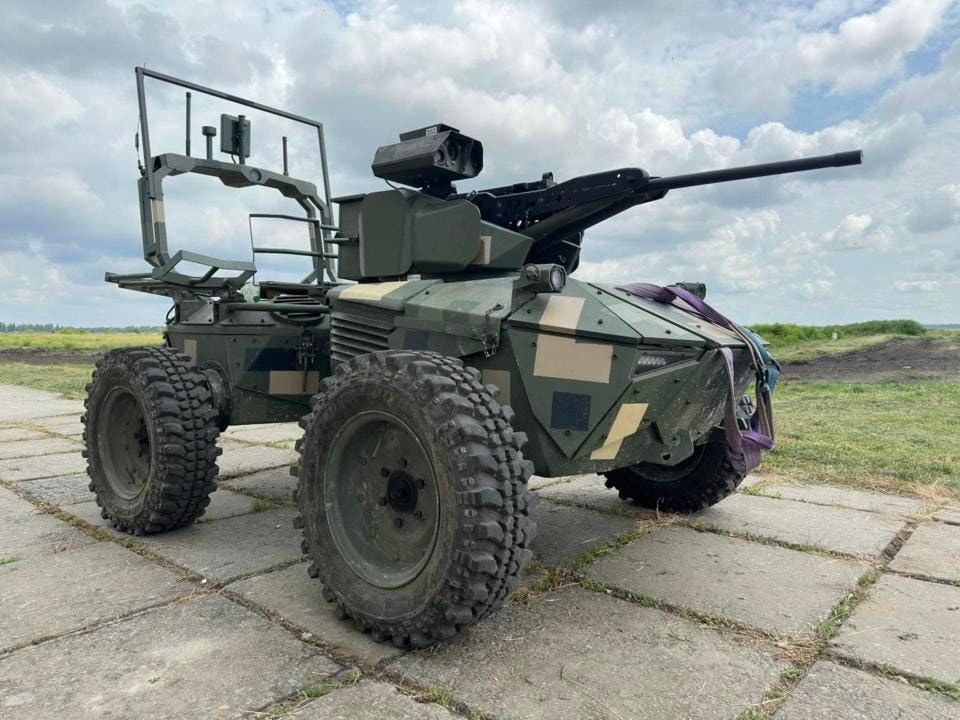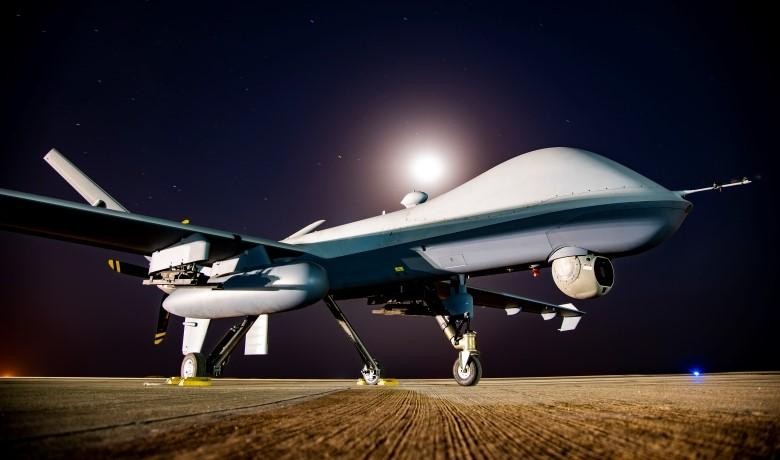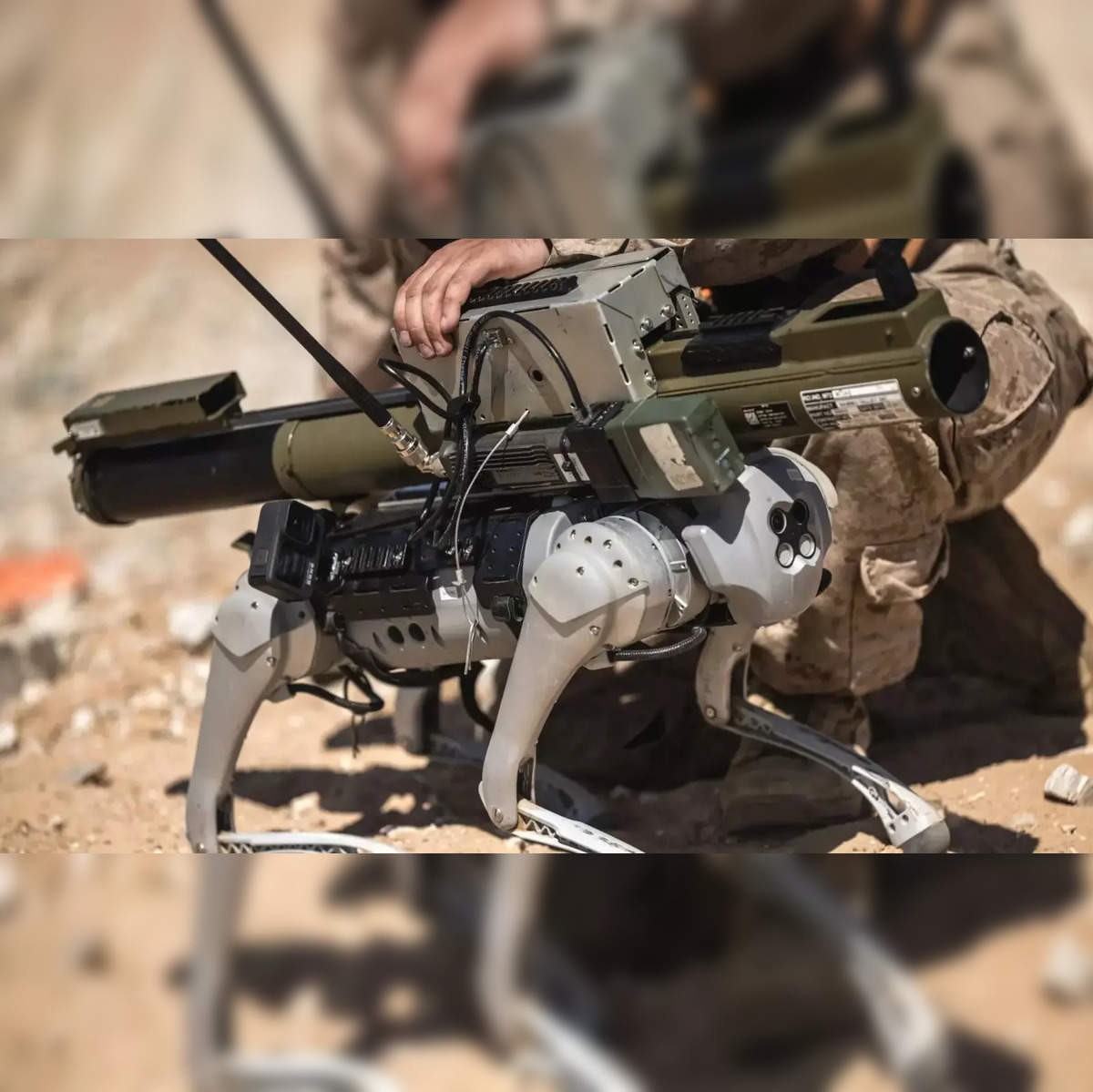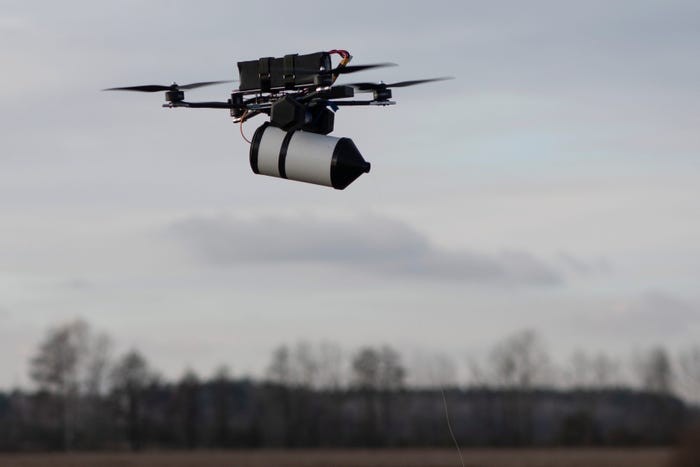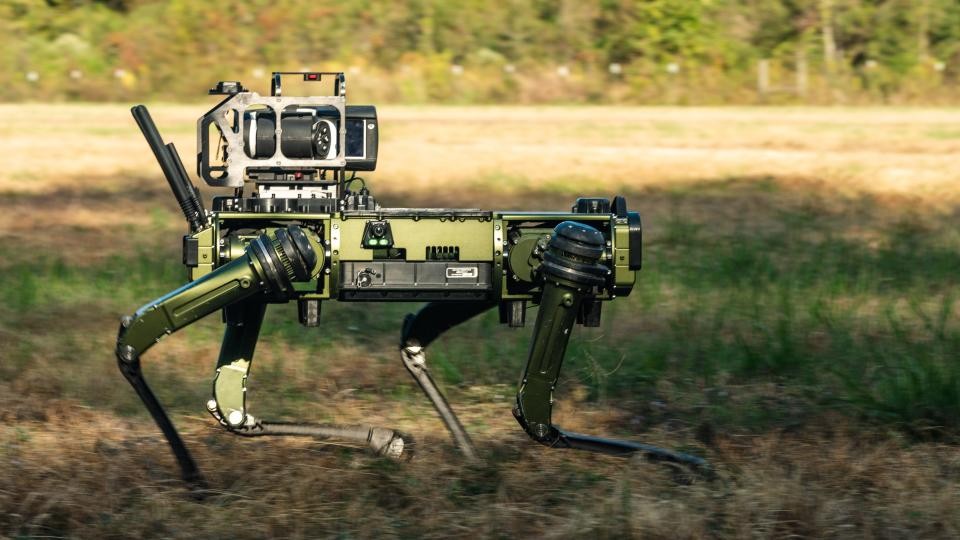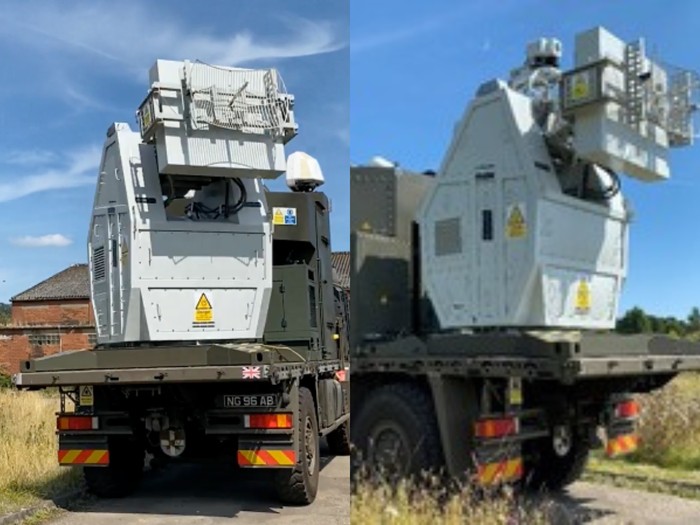Ukraine's Robot Revolution: Building an Army of 15,000 Unmanned Ground Vehicles
Ukraine plans to deploy 15,000 Uncrewed Ground Vehicles in 2025, marking a dramatic shift in modern warfare tactics. With investments surging from $2.5M to $150M, these robotic forces are taking on dangerous missions from mine-clearing to combat, though significant logistical challenges remain.
Israel Integrates AI-Powered Drone Systems for Military Strikes in Gaza
Israel's military has incorporated AI technology including facial recognition and automated targeting into its drone operations in Gaza. The system's deployment in targeting a Hamas leader resulted in both the intended elimination and significant civilian casualties, raising concerns about AI in modern warfare.
U.S. Army Expands Enterprise Wickr Platform to Enhance Secure Military Communications
The U.S. Army is broadening access to its Enterprise Wickr encrypted messaging system to combat unauthorized app usage and strengthen military communications security. The expansion follows successful trials demonstrating enhanced integration capabilities between soldiers, foreign militaries, and partners in various mission scenarios.
U.S. Defense Research Projects Found Using Sanctioned Chinese Supercomputers
A shocking investigation reveals over 100 Pentagon and Department of Energy research projects utilized Chinese government supercomputers despite sanctions. The projects, conducted through U.S. national laboratories, raise concerns about technology transfer to China's military programs through regulatory loopholes.
China's Military Advances: Combat Robots to be Armed with Devastating Thermobaric Weapons
Chinese military researchers propose equipping autonomous combat robots with thermobaric weapons for urban warfare, signaling an alarming escalation in lethal autonomous weapons development. The PLA's initiative aims to overcome conventional weapons' limitations in complex urban environments, raising serious humanitarian concerns.
Google Revamps AI Ethics Policy, Removes Restrictions on Military and Surveillance Applications
Google has significantly altered its AI ethics policy by removing previous restrictions on weapons development and surveillance uses. The shift marks a strategic change from its 2018 position, reflecting increased focus on government collaboration and national security interests while raising concerns among employees.
Tech Company Develops Novel Detection System for Russia's Unjammable Fiber-Optic Drones
As Russian forces deploy sophisticated fiber-optic tethered drones that resist electronic jamming in Ukraine, American-Ukrainian company Kara Dag has developed an innovative detection system combining microphones and infrared lasers. The technology promises to help Ukrainian forces counter these dangerous weapons that have proven effective at destroying armored vehicles.
Armed Robot Dogs: How Military Forces Are Deploying AI-Powered Quadrupedal Weapons
Military forces worldwide are integrating weaponized robotic dogs into their arsenals, from rifle-equipped units to explosive ordnance disposal. These quadrupedal unmanned vehicles are already seeing combat deployment in Ukraine, marking a significant shift toward autonomous systems in modern warfare.
British Military's Radio Wave Defense System Takes Down Drones for Just 13 Cents per Shot
The British Army has successfully tested a revolutionary Radio Frequency Directed Energy Weapon system that can disable drones from over a kilometer away using concentrated radio waves. This groundbreaking technology offers a cost-effective solution at just 13 cents per engagement while supporting specialized engineering jobs across the UK defense industry.
Drone Operators Arrested Near Logan Airport in Major Aviation Security Incident
Two men were arrested for operating a drone near Boston's Logan International Airport, prompting a multi-agency response and raising serious aviation safety concerns. The incident, which led to a dramatic pursuit on Long Island in Boston Harbor, comes amid increased unauthorized drone activity across the northeastern United States.
